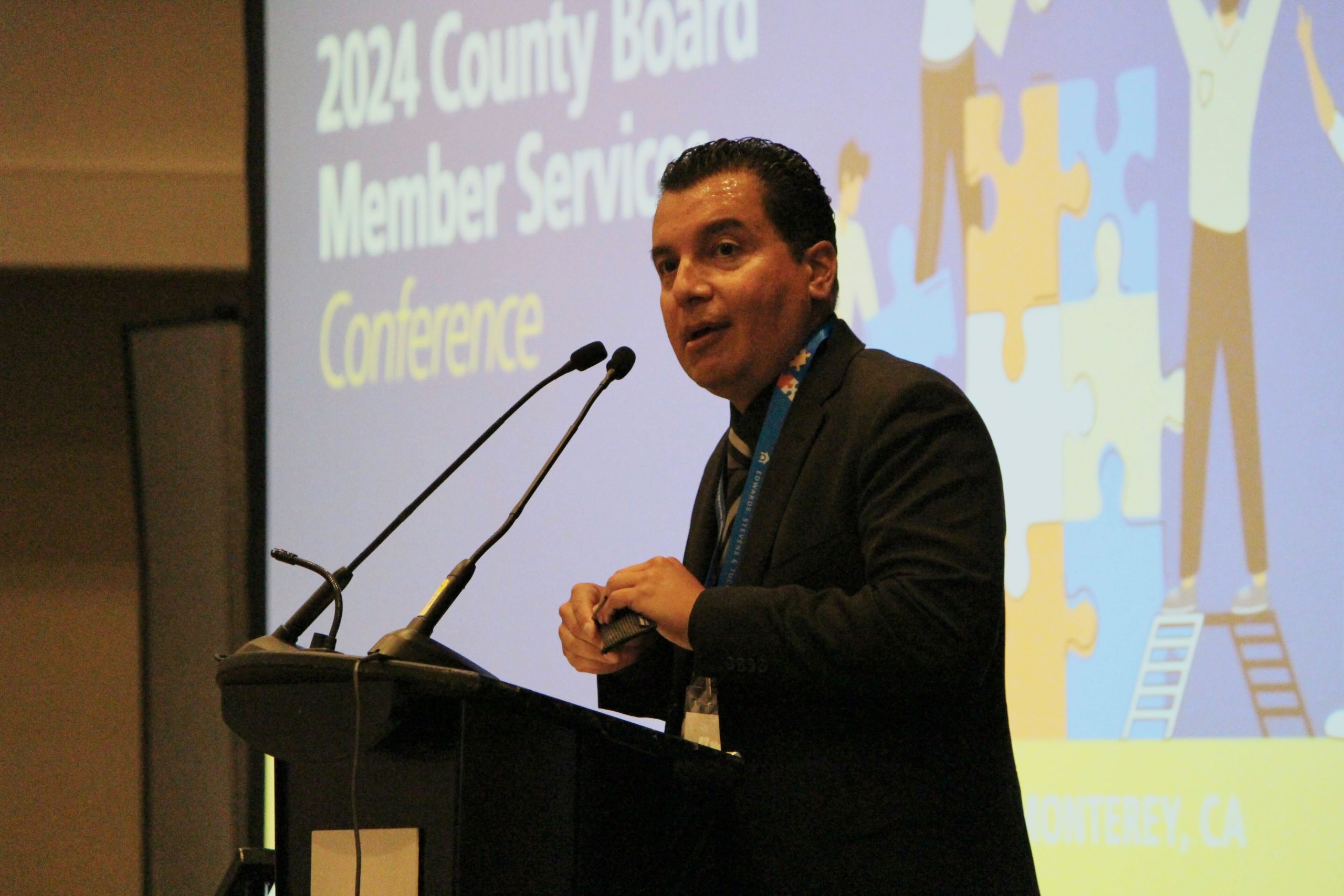The latest national data show more bullying of students than ever before is occurring in digital spaces, with 15 percent of victims reporting the behavior happening online or through text messages. The survey results for the 2016–17 school year marked a 3.5 percent increase in cyberbullying from the year prior, according to the National Center for Education Statistics.
The new data on rising instances of cyberbullying echo findings from the Centers for Disease Control and Prevention’s 2017 Youth Risk Behavior Surveillance System, which estimated 14.9 percent of high school students were electronically bullied in the 12 months prior to the survey. Cumulatively, the findings indicate that, such as in many other areas of education, technology has presented a new challenge for leaders, teachers and parents as they address the shifting shape of bullying in the 21st century.
In its tips for teachers section on cyberbullying, www.stopbullying.gov states that, “Teachers, school administrators, camp, community, and faith-based staff are in unique positions to use their skills and roles to create safe environments with positive social norms. They are also in positions where they may notice children’s behavior changes in group settings, like when a group or cluster of children focuses on another child, or other signs that cyberbullying may be occurring.”
Overall, roughly 20 percent of surveyed 12 to 18-year-old students said they were bullied in some fashion in the 2016–17 school year, according to NCES-reported data from the 2017 School Crime Supplement to the National Crime Victimization Survey. While there was little variation by gender or race/ethnicity in terms of overall bullying, differences were found in terms of cyberbullying. Three times as many female students reported being bullied online or by text (21 percent) as male students (7 percent), and about 17 percent of white students reported being bullied digitally, compared with 12 percent of students of other races.
Likely accounting for the age at which students are more likely to have their own mobile devices, the results also show that cyberbullying is more prevalent in high school than it is in middle school. The opposite, however, holds true for the overall bullying rate. Roughly 30 percent of sixth-graders reported being bullied, a number that trends downward until hitting the 12 percent mark for high school seniors.
The survey, however, does not provide specific information on the forms of technology or social media platforms that bullies are using most often. In addition to the usual suspects such as Twitter, Facebook and Snapchat, a July 25 webinar from the National Center on Safe Supportive Learning Environments will explore some of the newer applications for mobile devices that are popular with teenagers.
Outside of cyberbullying, the NCES survey results found that in-person bullying is still far more prevalent and most likely to occur in the following places: classroom (42 percent), hallway or stairwell (43 percent), bathroom or locker room (12 percent), cafeteria (27 percent), outside on school grounds (22 percent) and school bus (8 percent).
CSBA resources:
Other resources:
- Kidsdata.org research brief: “Student Bullying and Harassment in California”
- StopBullying.gov: Prevention at School options






